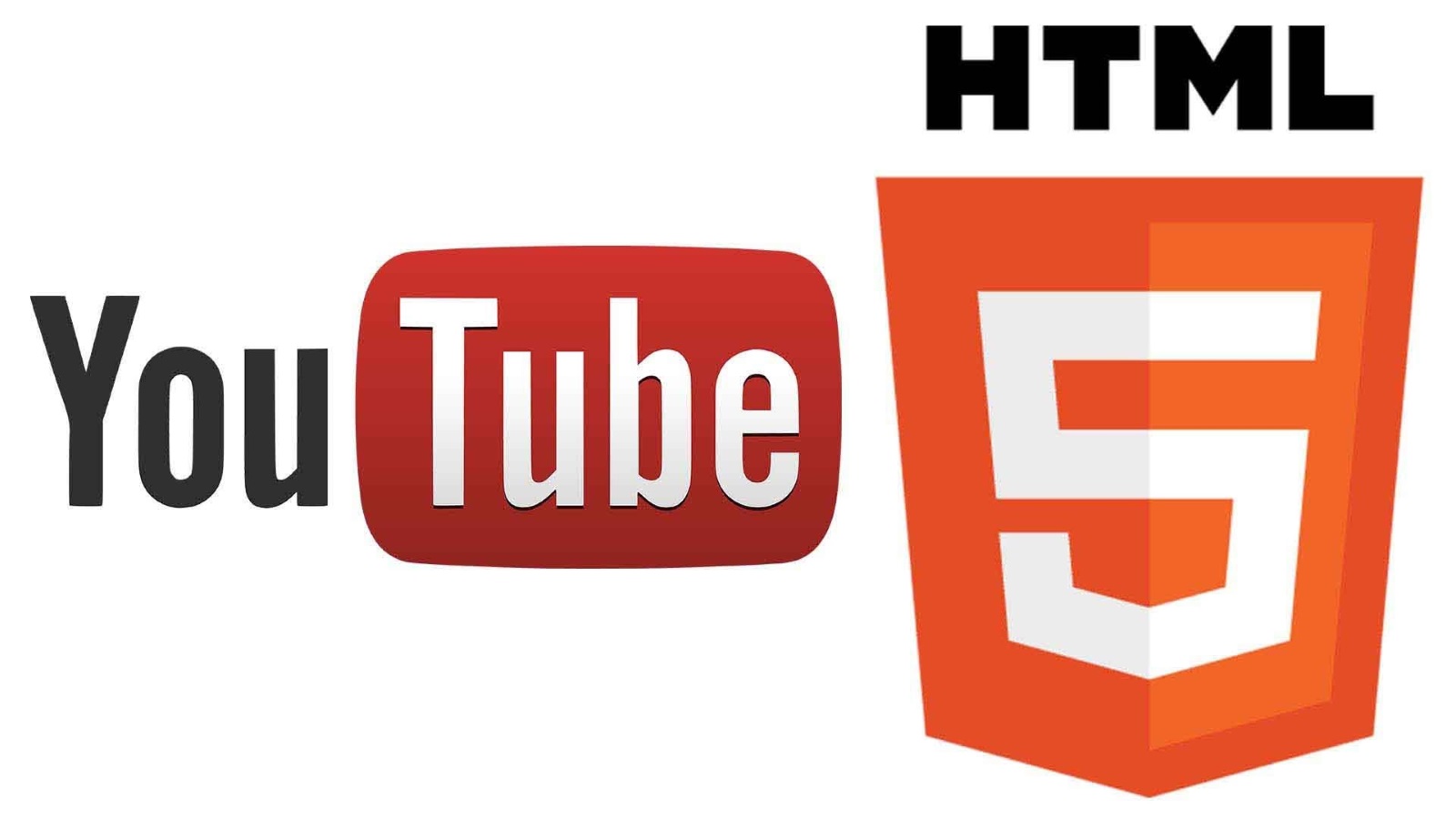 NEWS
NEWS
 NEWS
NEWS
 NEWS
NEWS
![]()
HTML5 has now become the standard technology used by YouTube for viewing streaming media–a step that marks the end of the Flash. Starting Wednesday, after years of testing, HTML5 replaces Flash as the default platform for movie playback within the Chrome browser, Internet Explorer 11, Safari 8 and beta versions of Firefox.
YouTube announced in a blog post that it finally serves HTML5 video by default.
Google’s decision brings with it many benefits: first HTML5 relieves the client from the obligation to install a third-party component for viewing movies (like Flash), adopting a standard defined by the W3C and the platform that shared universally.
Importantly, HTML5 now delivers Adaptive Bitrate (ABR) capability, which reduces caching 50% to 80% on congested networks. This technology also facilitates the distribution of video game sessions from the Xbox One and PS4.
“Adaptive Bitrate (ABR) streaming is critical for providing a quality video experience for viewers – allowing us to quickly and seamlessly adjust resolution and bitrate in the face of changing network conditions. ABR has reduced buffering by more than 50 percent globally and as much as 80 percent on heavily-congested networks. MediaSource Extensions also enable live streaming in game consoles like Xbox and PS4, on devices like Chromecast and in web browsers,” said Richard Leider, Engineering Manager, YouTube.
For those involved in the management of Web sites, embedding can be performed more quickly and easily through the inclusion in the code of the <video> tag.
HTML5 also allows the use of more efficient VP9 codecs, a competitor to H.265, which will still require 35 percent less bandwidth at higher quality and video resolution. YouTube’s engineering team also said that embedded Flash and Flash APIs are considered “deprecated”, and thus no longer recommended. The correct way to embed a YouTube video into a web page from now on will be to use the <iframe> API.
“We’re now defaulting to the HTML5 player on the web. We’re also deprecating the “old style” of Flash <object> embeds and our Flash API. We encourage all embedders to use the <iframe> API, which can intelligently use whichever technology the client supports,” said Leider.
According to the 2014 Vision Mobile Survey, 42 percent of over 10,000 developers surveyed are using a combination of HTML, CSS and JavaScript for all or part of their mobile applications. Gartner identified HTML5 as one of the top 10 mobile technologies that will be an essential technology for organizations delivering applications across multiple platforms.
These advancements have benefited not just YouTube’s community, but the entire industry. Other content providers like Netflix and Vimeo, as well as companies like Microsoft and Apple have embraced HTML5 and been key contributors to its success. By providing an open standard platform, HTML5 has also enabled new classes of devices like Chromebooks and Chromecast.
Support our mission to keep content open and free by engaging with theCUBE community. Join theCUBE’s Alumni Trust Network, where technology leaders connect, share intelligence and create opportunities.
Founded by tech visionaries John Furrier and Dave Vellante, SiliconANGLE Media has built a dynamic ecosystem of industry-leading digital media brands that reach 15+ million elite tech professionals. Our new proprietary theCUBE AI Video Cloud is breaking ground in audience interaction, leveraging theCUBEai.com neural network to help technology companies make data-driven decisions and stay at the forefront of industry conversations.